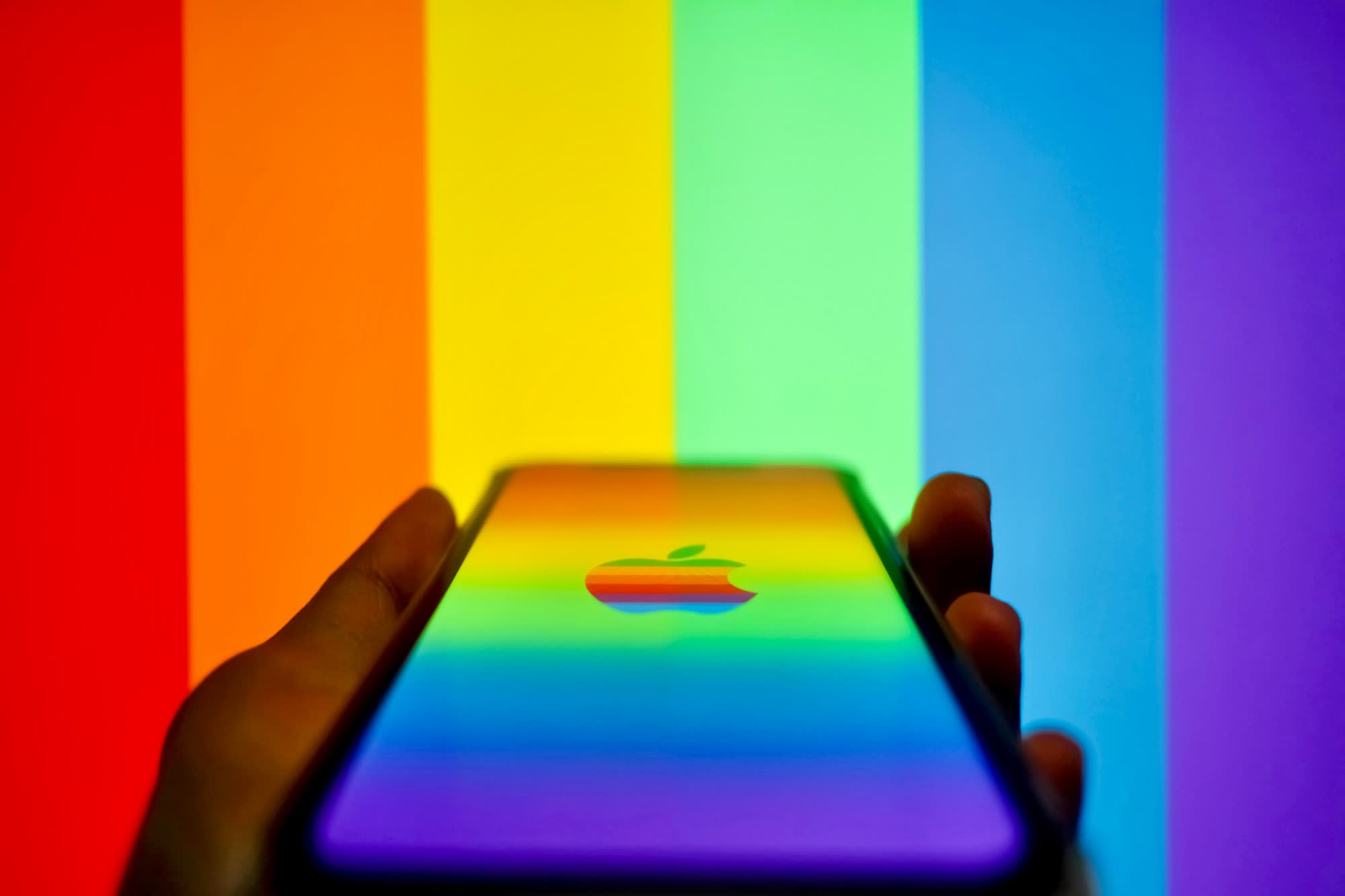In brief: Apple is on track to deliver its biggest iPhone to date. In addition to what'll likely be a larger overall chassis, the Cupertino tech giant is also reportedly leveraging a new technology to squeeze even more usable space out of the phone's display.

Multiple sources claim Apple's iPhone 16 Pro models will ship with larger displays of 6.3 inches and 6.9 inches, up from 6.1 inches on the current-gen iPhone 15 Pro and 6.7 inches on the iPhone 15 Pro Max. To get there, Apple is said to be using a technology called Border Reduction Structure (BRS) to help shrink the phone's bezel, resulting in more usable space.
An earlier report claimed Apple wanted to use BRS tech on previous iPhones but technology limitations in the form of excess heat buildup prevented them from doing so. Assuming they have ironed out all the bugs, we could see it debut on iPhone Pro models in just a few months.
iPhone 16 Pro Max vs iPhone 15 Pro Maxï¼ÂThe narrower and narrower bezel is very much to my taste.
– ICE UNIVERSE (@UniverseIce) June 4, 2024
But the dynamic island should be reduced. pic.twitter.com/7EfgBSfjxg
Thin bezels on mobile devices certainly look stunning, but there's a bit of risk involved from a practicality standpoint. Having a touch-enabled display right against the edge of a phone where you hand wraps around to hold it is a recipe for unintentional taps. Perhaps Apple could mitigate this by reducing the input sensitivity around the outer edge of the display.
Apple typically introduces a new batch of iPhones in mid-September before launching them a week or so later, and there is no reason to expect anything different this time around.
A recent rumor suggests Apple is also working on a thinner version of the iPhone that could replace the Plus model, albeit at a higher price point than the Pro handsets. In line with the new iPad Pro which is Apple's thinnest device to date, the rumored iPhone could put Apple back on the path of focusing annually on increasingly thinner gadgets – something the company aimed to do for years but got away from in recent years.
Image credit: Surasak_ch
iPhone 16 Pro could feature the thinnest bezels on a smartphone yet

